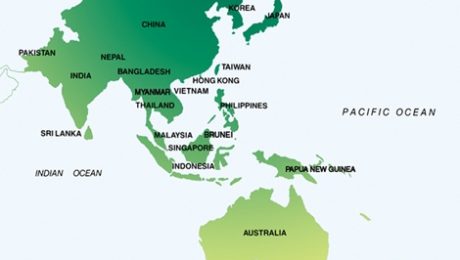Systemic Resilience and Carework: An Asia-Pacific Perspective
Below is an excerpt from a recent piece “Systemic Resilience and Carework: An Asia-Pacific Perspective” by Ito Peng, contributing researcher for the Understanding and Measuring Care group. This article was published by Migrants and Systemic Resilience: A Global COVID19 Research and Policy Hub (Mig-Res-Hub).
In this think-piece I consider how we can build a resilient systemic response to the COVID-19 pandemic and future crises. I focus on systemic resilience in relation to carework and global migration of careworkers, and I approach this from an Asia-Pacific perspective. One of the fault lines exposed by the COVID-19 is the vulnerability of the existing care, carework and migration infrastructure to exogenous shocks. Asia-Pacific is an important site to examine because it is one of the major sites of global care migration, both as sender and receiver of migrant careworkers. This think-piece draws on the research from our global partnership project based at the University of Toronto, which looks at the dynamics of careworker migration in Asia-Pacific and the interconnections between social and economic forces and policies in shaping those dynamics from both sending and receiving country perspectives. The next section briefly outlines the pandemic’s impacts on carework and care migration in Asia-Pacific. I then discuss how we might achieve systemic resilience in global care migration by first emphasizing how our care systems are interlocked with the global migration of careworkers (what I call a global care interlock), and second, how we might achieve systemic resilience. Understanding the global care interlock is an important prerequisite to systemic resilience because it allows us to see carework and migration of careworkers as a part of a larger global infrastructure or ecosystem that has been, consciously or unconsciously, built, managed and sustained by multiple actors in different parts of the globe.
Read the entire article here.
This blog was authored by Ito Peng, contributing research for the Understanding and Measuring Care research group.
- Published in Asia-Pacific, Child Care, COVID 19, Elder Care, Migrant Care Workers, Understanding and Measuring Care


